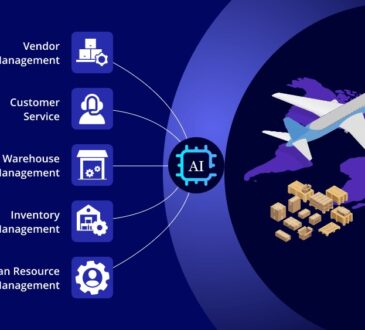
The integration of BACnet protocols into HVAC systems represents a significant advancement in building management, especially through the use of specialized router technologies. These technologies enhance the communication between different components of HVAC systems, leading to increased efficiency and better system management. This article explores how BACnet router technologies, such as the Contemporary Controls BASRT-B, facilitate this improved communication.
Understanding BACnet in HVAC Systems
BACnet, or Building Automation and Control Networks, is a communication protocol specifically developed for managing various building systems, including HVAC, lighting, fire control, and security systems. It enables different system components to communicate data and work together seamlessly.
Benefits of BACnet Integration
- Interoperability: BACnet allows devices made by different manufacturers to work together in one system, solving a common problem in building automation.
- Scalability: Systems can be easily scaled up with additional components without needing significant reconfiguration, thanks to the standardized communication protocols BACnet provides.
- Flexibility: BACnet supports multiple communication networks, including Ethernet, ARCNET, and MSTP, offering flexibility in terms of network design and implementation.
Router Technologies in BACnet Systems
Routers play a crucial role in BACnet systems by bridging different network segments, allowing BACnet devices to communicate even if they are on different network types or physical locations.
Key Features of BACnet Routers
- Protocol Conversion: BACnet routers can convert protocols between BACnet/IP and BACnet MSTP, facilitating communication between devices on different network types.
- Network Segmentation: They help segment large networks into smaller, more manageable sections, reducing traffic and improving overall network performance.
For those interested in specific models like the Contemporary Controls BASRT-B, detailed information is available at Contemporary Controls Basrt-b.
Applications of BACnet Routers in HVAC
The use of BACnet routers significantly enhances the functionality and efficiency of HVAC systems in several key areas:
- Centralized Control: Allows facility managers to monitor and control all components of an HVAC system from a single point.
- Data Acquisition and Monitoring: Routers facilitate the collection and transmission of operational data from HVAC equipment, aiding in performance analysis and maintenance planning.
- Fault Detection: By enabling continuous communication between devices, routers help in early detection of system malfunctions or inefficiencies.
Installation and Configuration
The successful integration of BACnet routers into an HVAC system involves careful planning and consideration:
- Network Planning: Define network requirements and plan the layout considering the placement of routers to ensure optimal coverage and performance.
- Compatibility Checks: Ensure that all parts of the HVAC system are compatible with the BACnet protocol and the specific router model being installed.
- Professional Installation: Given the complexity of BACnet systems, professional installation is recommended to avoid common pitfalls and ensure proper setup.
For a comprehensive range of HVAC supplies and technologies, including BACnet routers, Blackhawk supply offers a diverse selection and expert advice to support the integration of advanced networking technologies into building management systems.
By leveraging BACnet and router technologies, HVAC systems can achieve significantly improved communication and operational efficiency, providing facility managers with the tools necessary for sophisticated building automation and system management. The use of advanced routers like the Contemporary Controls BASRT-B further simplifies the integration and management of building systems, making them more adaptable, efficient, and easier to control.




